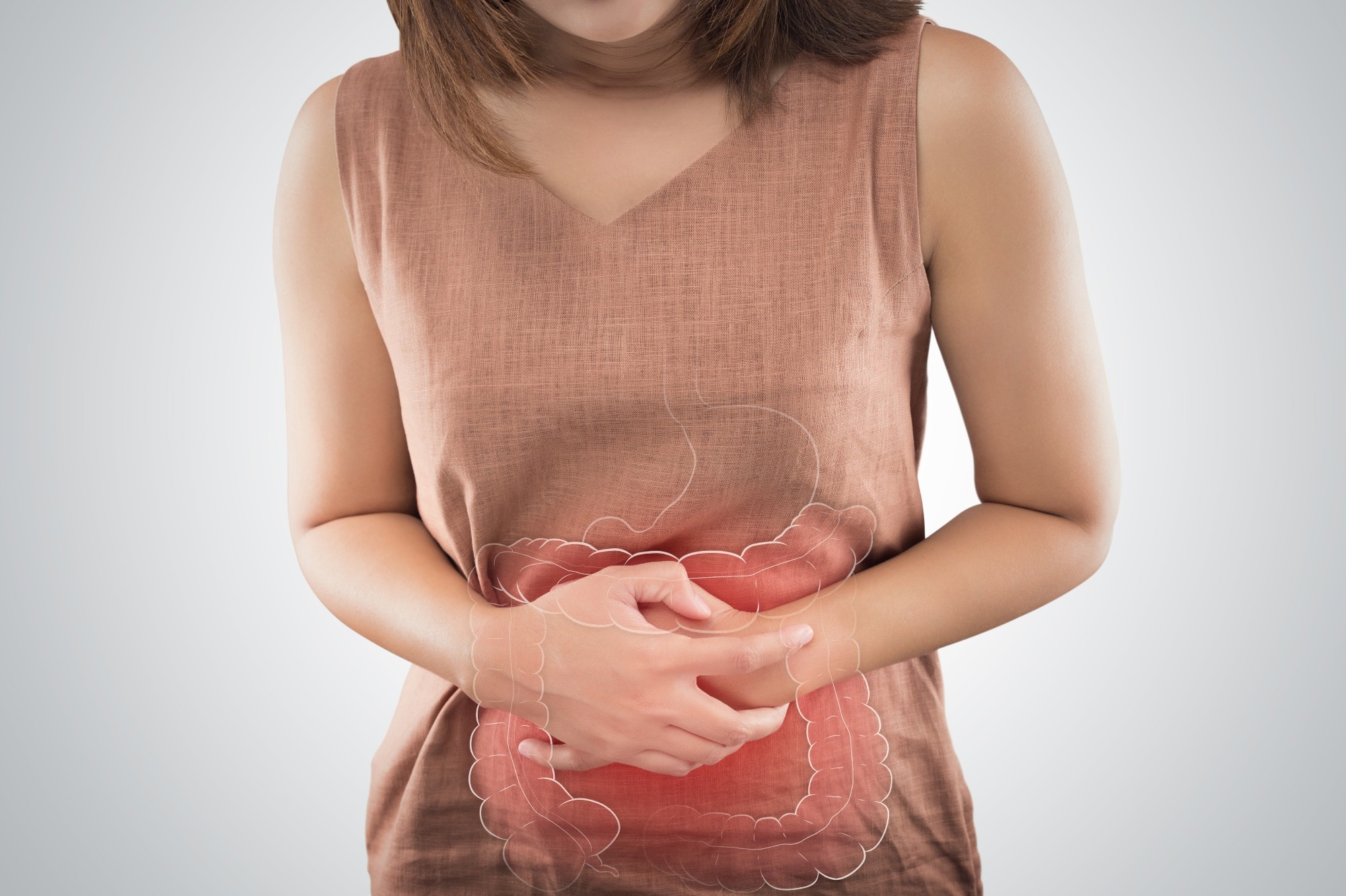Approximately 11.7 to 14 percent of the global population is affected by chronic constipation. It has been reported to be more prevalent in older individuals, non-Caucasian individuals, women, and those of lower socioeconomic status.
 Study: Randomized Placebo-Controlled Phase 3 Trial of Vibrating Capsule for Chronic Constipation. Image Credit: Emily frost/Shutterstock
Study: Randomized Placebo-Controlled Phase 3 Trial of Vibrating Capsule for Chronic Constipation. Image Credit: Emily frost/Shutterstock
The condition leads to a reduction of quality of life, adversely impacts work productivity, leads to substantial healthcare utilization and costs, and is perceived as a “severe illness” by 28 percent of the affected population. Regardless of advances in pharmacologic therapy, 40 to 50 percent of patients are unsatisfied with the current treatments.
Recent research has highlighted direct mechanical colon stimulation as an alternative non-pharmacological therapy for constipation. Many devices have been tested, but their safety and efficacy have not been reported in a phase 3 trial. The vibrating capsule is a newer non-pharmacologic, orally ingested, and programmable capsule device that can stimulate the intestinal wall and enhance the circadian rhythm of colonic contractile activity, which ultimately leads to an increased number of complete spontaneous bowel movements (CSBM).
A new study in Gastroenterology aimed to analyze the safety and efficacy of oral administration of the vibrating capsule in chronic constipation patients.
About the study
The study involved the recruitment of participants from a local advertisement at 95 centers in the USA between April 2019 and July 2021. Adult participants with chronic idiopathic constipation, those who had not experienced relief of symptoms from available therapies, and those with an average of ≥1 spontaneous bowel movement (SBM) per week and ≤2.5 SBMs per week were considered eligible for the study.
Information about the number of bowel movements, straining effort, stool consistency, use of rescue medication, and bloating was collected from all the participants. Patients meeting the eligibility criteria were randomized to receive either the vibrating capsule or placebo capsule between 9 to 10 pm for 5 days a week (excluding Sunday and Wednesday). Initially, the study design comprised 3 arms, 2 active vibrating capsule arms (Modes 1 and 2), and one placebo arm. For Mode 1 the capsule was preprogramed from noon the next day to start vibrating, while for Mode 2 it was 6 am the next day. A predefined first-phase analysis was carried out that indicated Mode 2 was discontinued, and the trial was completed using Mode 1.
The vibrating capsule comprised an activation pod and a capsule. On placing the vibration or placebo capsule in the activation pod, it turned green, which indicated that the capsule is activated and ready to be swallowed. The activation pod also recorded the number of activations and time. The study consisted of 4 visits, screening, baseline, week 4, and week 8. Patients could use one rescue treatment in case of no bowel movement for 3 consecutive days. Patients were randomized by a biostatistician generated a randomization list and all patients, study personnel, and sponsors were blinded.
The primary efficacy endpoints included the proportions of patients with an increase of one or more complete spontaneous bowel movements (CSBM1) per week or those with an increase of two or more CSBMs per week (CSBM2) during 6 out of the 8 weeks of treatment as compared to baseline. Secondary endpoints included changes in the average stool consistency, bloating, and average straining effort from baseline. Additionally, evaluation of the quality of life took place using the Patient Assessment of Constipation Quality of Life (PAC-QOL) questionnaire along with treatment satisfaction scores, and adverse events were also documented.
Study findings
The results indicated that a total of 312 participants were included in the study, out of which 269 were women and 43 were men. The duration of constipation was reported to be longer in the vibrating capsule arm. 39.26% of participants were reported to achieve the primary efficacy endpoint of CSBM1 in the vibrating capsule, while 22.70% achieved CSBM2 as compared to 22.15% and 11.41% in the placebo arm, respectively.
Improvements were observed in stool consistency and straining effort for the patients receiving the vibrating capsule as compared to the placebo. However, no difference in bloating sensation was reported. The overall constipation-related quality of life (PAC-QOL) scores and individual QOL domains of worries and discomfort, psychosocial discomfort, physical discomfort, and satisfaction were reported to be greater in the vibrating capsule arm. Most of the patients were observed to comply with capsule ingestion as well as reported device functionality, activating the capsule, and setting up the base unit to be easy. Additionally, the vibrating capsule was reported to be well-tolerated, with most of the adverse events being mild and gastrointestinal.
Therefore, the current study indicated the vibrating capsule led to significant improvement in bowel symptoms and quality of life in patients with chronic constipation. The capsule was also observed to be safe and well-tolerated. Therefore, the vibrating capsule can be an effective and safe nonpharmacological treatment option for patients with chronic constipation. Longer-duration studies are required to confirm its safety and long-term efficacy.
Limitations
The study has two main limitations. First, the study involved fewer men as compared to women. Second, the study cannot determine if a non-dissolvable capsule may impact the outcome.